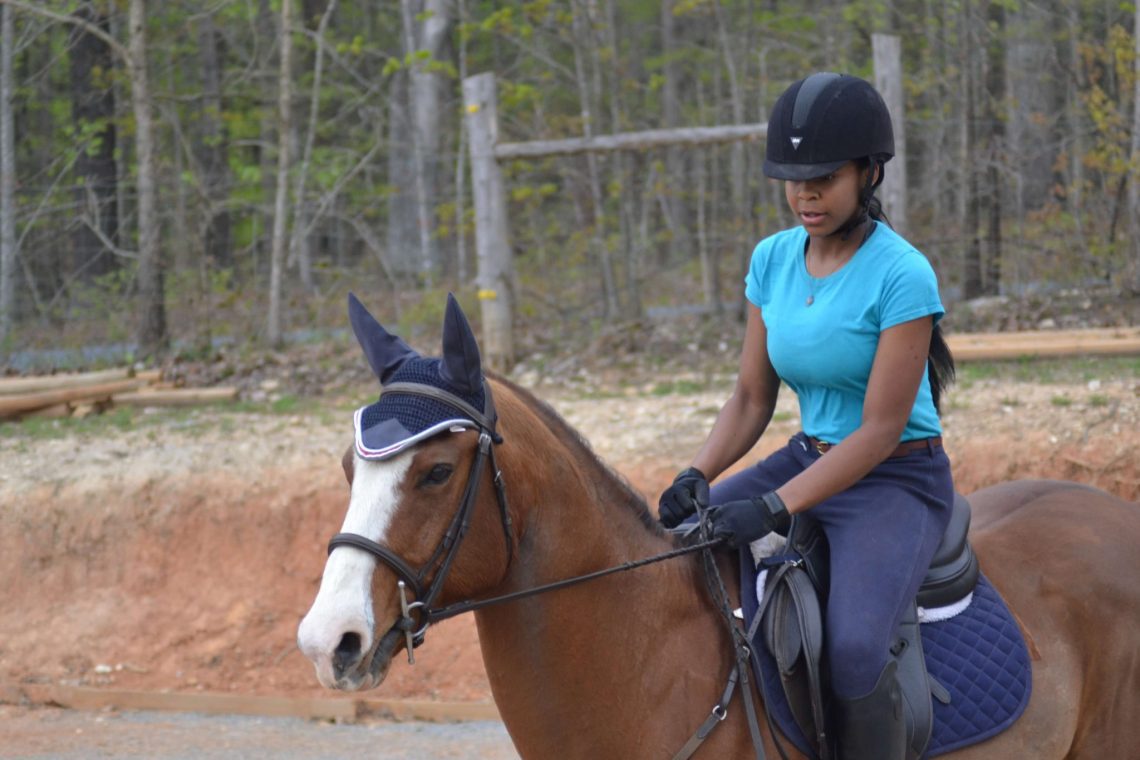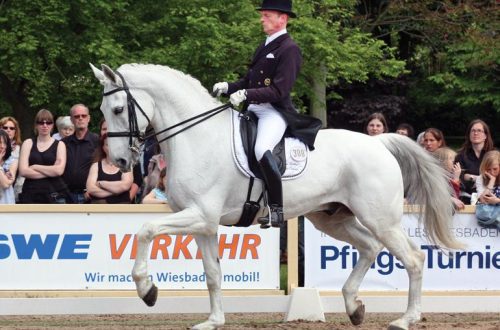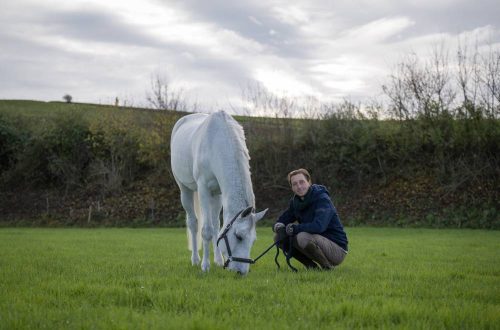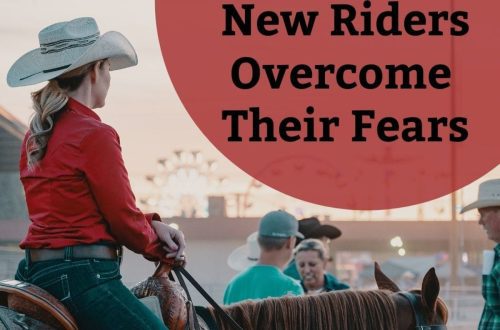
What to do if a horse makes you nervous?
What to do if a horse makes you nervous?
I was inspired to write this post by my XNUMX year old student finally handling her horse’s resistance in a simple and effective way. And everyone can use it!
After a short break at the walk, she had to trot the horse and come into a circle so that we could work on the transitions to the right canter, which were sometimes not clear. Perhaps the student was worried, expecting resistance from the horse, perhaps her horse came to the conclusion that walking symbolized the end of training and made an independent decision that there was enough work for today. One way or another, but as soon as the rider began to pick up the reins, the horse blocked his ears and pulled him out. The rider slowly picked up the reins and asked the protester to trot, to which the horse lifted its head and began to gnaw fiercely on the snaffle. He used this behavior before to scare my student when he didn’t want to work.
We checked the horse for injuries and illnesses, picked up the ideal saddle, tried different snaffles, etc., but in the end we came to the conclusion that his “antics” were not associated with one or another physical reason. The horse behaved in a similar way when the rider was nervous and gave him mixed signals – for example, pushing the legs forward, while her arms and seat were tense and closed.
What usually worked? The rider softened, began to breathe more deeply and allowed the horse to move forward, accompanying this with light signals from the controls and correcting the horse if necessary. Usually he returned to work quite easily, but sometimes he really became isolated, the rider began to get nervous, foreseeing that he would now begin to goat, trying to knock her out of the saddle. As a result, she became enslaved and pinched. This reaction was understandable, but it only made things worse – the situation worsened. If such a cycle begins, then it is necessary to work on both the rider and the horse.
And then one day, when everything started anew, I saw that she was acting differently than usual. My student sat deeper in the saddle and in a very convincing, restrained tone said to the horse: “It’s not that difficult, we can do it!” … and after these words, the horse rose to a trot, as if nothing had happened.
I couldn’t help but smile. Of course, as a coach, I was pleased to hear my student speak in my own words, but that was not the main thing. As she spoke these words with such conviction, her entire body reflected an inner confidence, and instead of tensing and holding on to the reins, she sat deep in the saddle, softened her hands, and sent her horse forward. She did everything the way it should be, KNOWING and BELIEVE that everything would work out! When the horse felt this confidence in her, he stopped checking the rider “for durability”. He stopped trying to “bargain” with her and just started working. The horse accepted her control over himself, realized that the authority of the rider should not be challenged.
Perhaps my student really experienced the confidence I heard in her voice, although this may not be entirely true (she was always quite a nervous rider, and she had to push herself to expand her range of possibilities). Maybe she knew that I would not leave her behind and not finish the lesson on such a note, or maybe she was just finally tired of this behavior of the horse. In any case, she gathered herself into a fist and showed him her confidence that the work would continue. Perhaps she did not know that everything would work out, but her attitude made the horse stop doubting her. Her verbal and non-verbal signals became clear, there was no hesitation, no hint of another way. She simply asked the horse to perform an action, and her request was clear, direct, and not fussy. And it worked!
A confident horse under a confident rider
You need a few strong words, ones that give you confidence that you CAN, words that make you feel powerful and in control. “It’s not difficult”, “It’s not scary” or “I know how to do it”, those that will make you more determined and motivate you to take action.
In situations like the one I described above, horses try to convince you that something can go wrong for you. wanted. Often doubts come from within the horse, so the idea is to erase the doubts from your own mind so that your body does not give the horse conflicting signals. The horse is our reflection, our body transmits information to it even about our moral state. You may think that you can do it, but subconsciously hesitate, and your horse will feel even that.
“I will drive past that strange rock with determination, trying not to let the horse get scared,” you think, and hold on when the horse is really scared. But in fact, when we think that a horse will be frightened, we already mentally convey our nervousness and insecurity to him even before he sees the “horse eater”! The horse feels our fear and wonders what is “bad” we see in this strange stone, maybe she also needs to take a closer look and see the monster? So the programmed “prophecy” is ready.
Then, when the horse got scared, we think, “God, it’s good that I was ready for this “horse eater”!”, and we pass the next stone in the same way. In this way, we can train our horses to be scared of everything, and make ourselves “nervous riders.”
So-called nervous riders often learn to use their bodies to make their horses nervous. They get on the horse, make it nervous, and then, when the horse starts to get restless, they are openly nervous. Unfortunately, such riders tend, later on, to give up riding, which does not bring them pleasure, but only makes them worry. They refuse to understand why every horse they get on becomes scared of the horse-eaters.
If such riders can use the tool that my student used, they can become more confident in riding before they even start moving, their confidence will be transferred to the horse and riding will become safer. This kind of riding can give the rider real confidence. The more often the rider feels how the confidence that precedes the action is transferred to the action itself, the easier it is for him to readjust later. This process takes time, but allows at least the seeds of confidence to be planted in the mind.
The next time your horse starts to become withdrawn, scared, or nervous, try using certain energy-filled words to convince yourself that you can handle it and use your tone of voice to encourage your horse to feel confident in you as a leader. .
Translation by Valeria Smirnova (source).





